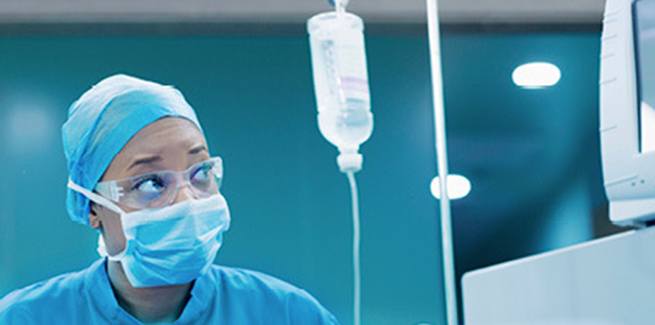Introducing a new continuum of patient-focused anesthesia

Tamara Grubb, DVM, PhD, DACVAA, cochair of the 2020 AAHA Anesthesia and Monitoring Guidelines for Dogs and Cats, is excited about the new guidelines.
“There are so many new things [that] I don’t even know where to start,” she told NEWStat.
“A lot of what’s new is expanded and enhanced information from the previous Guidelines, which were excellent,” Grubb said. “We’ve updated it with what’s new for the patient, for equipment, for drugs, for staff training.”
Those updates include:
- Expanded information for the pre-anesthesia evaluation
- More detailed guidelines on fasting
- More in-depth information on client communication
- Plans for at-home care of the pet, both before and after anesthesia, including the use of preoperative anxiolytics, analgesics, and antiemetics
- Detailed guidelines for equipment preparation and maintenance
Perhaps most important, says Grubb, is the new way that anesthesia is presented: as a continuum of care that begins before the patient leaves their house and ends when they return home comfortable and calm.
“We call it ‘from doorknob to doorknob,’” says Grubb, describing a continuum that enables veterinary teams to partner with pet owners and hospital staff to deliver the safest possible anesthesia care before, during, and after the procedure.
Grubb is also excited about the new curriculum on staff training written by her cochair, Jennifer Sager, CVT, VTS (Anesthesia/Analgesia). “It’s amazing,” says Grubb.
And long overdue: “We all know that technicians in private practice are the ones doing anesthesia, and that’s fantastic,” Grubb adds. “But it’s a disservice to that staff member, and to the pet, and the pet owner, and quite frankly to entire hospital if that person isn’t trained to do safe anesthesia. [Sager] has outlined this entire curriculum on how to train technicians.”
Sager talked to NEWStat about the importance of the new curriculum.
“We’re so often focused on the science and the steps [that] we tend to forget that there are people involved,” Sager said. “And that factor is very important, especially when it comes to anesthesia and anesthesia safety. We need to make sure we know what we’re doing.”
Staff training is vital because it’s most likely going to be staff members who perform the anesthesia, Sager adds. “The veterinarian needs to be able to be focused on the surgery and the procedure itself. [Staff] need to be able to run anesthesia and be in communication with the veterinarian as to any concerns we may have.”
It’s all part of the continuum. “It’s not just the process in the hospital,” Sager says, echoing Grubb. “It’s also the process at home, before and after. It’s not just the drugs, or the sedation. It’s the staff, it’s the owner, it’s the veterinarian.”
Grubb says the new guidelines differ from the old guidelines in large part because of the new focus on staff training and educating the owner: “The 2011 guidelines really just focused on that time in the hospital.”
Grubb is also excited about the companion website: “It’s amazing, there’s so much information there that can’t fit into print unless we write an entire book.”
“For me, it really is the focus on the continuum of care, and addressing every aspect of that patient,” she says. “Gone are the days that we start the day asking the question, ‘How many patients can I anesthetize today?’ Now it’s ‘What does each individual need to have successful anesthesia?’ And we’re good at that. We’re good at providing successful anesthesia. I’m really proud that we have presented this as the importance of the whole continuum, and not just when that patient is asleep.”
The 2020 AAHA Anesthesia and Monitoring Guidelines for Dogs and Cats are supported by generous educational grants from IDEXX Laboratories, Inc., Midmark, and Zoetis Petcare. They’re available in the March/April issue of the Journal of the American Animal Hospital Association and on the AAHA website.



